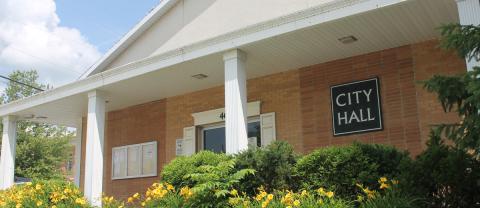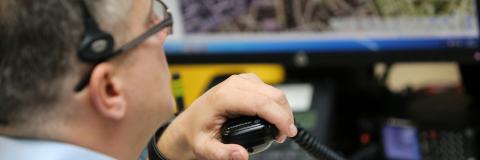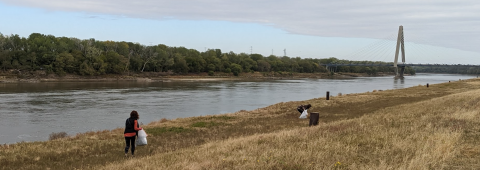MARC’s Role in Regional Planning
As a voluntary association of local governments, MARC convenes partners and coordinates planning efforts on a wide range of issues that are important to communities in the metro, including aging services, early learning, health care, community development, homeland security, emergency services, the regional 911 system and much more. We work with cities, counties and other entities to identify common objectives and achieve our collective goals. MARC has no taxation or regulatory authority.
MARC serves as both the federally designated Metropolitan Planning Organization (MPO) for the bistate Kansas City region and as the Council of Governments (COG) for the nine counties and 119 cities in the region. MARC is governed by a Board of Directors made up of local elected officials, and is funded by federal, state and private grants, local contributions and earned income. A major portion of our budget is passed through to local governments and other agencies for programs and services.
As an MPO — one of more than 300 such organizations across the U.S. — MARC is responsible for transportation planning for the region. This includes both long- and short-range plans. MARC's Total Transportation Policy Committee (TTPC) oversees the allocation of millions of dollars in federal and state transportation funds each year. Transportation planning is closely connected to many of MARC's other programs, including air quality and land use forecasts.
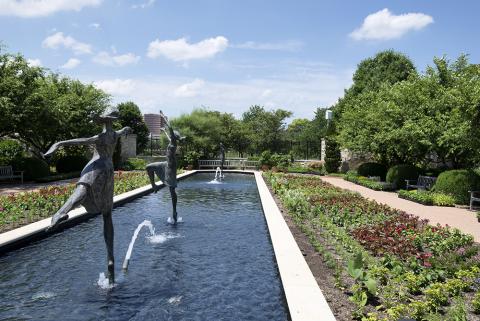
Budget and work plan
MARC's annual Budget and Work Plan guides agency activities and provides a clear picture of how revenues are allocated to achieve overarching policy goals.
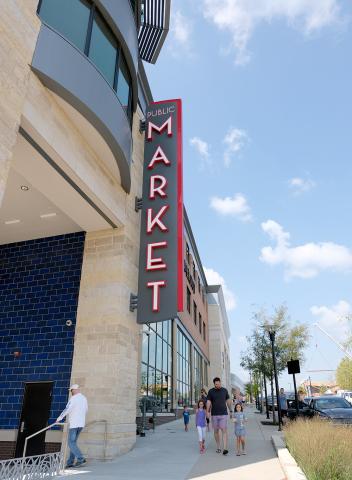
MARC Board of Directors
MARC's work is guided by a Board of Directors that consists of 33 locally elected leaders from the nine member counties and the six largest cities in the region.


